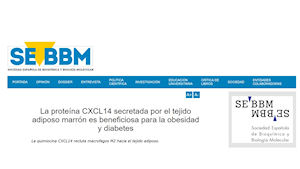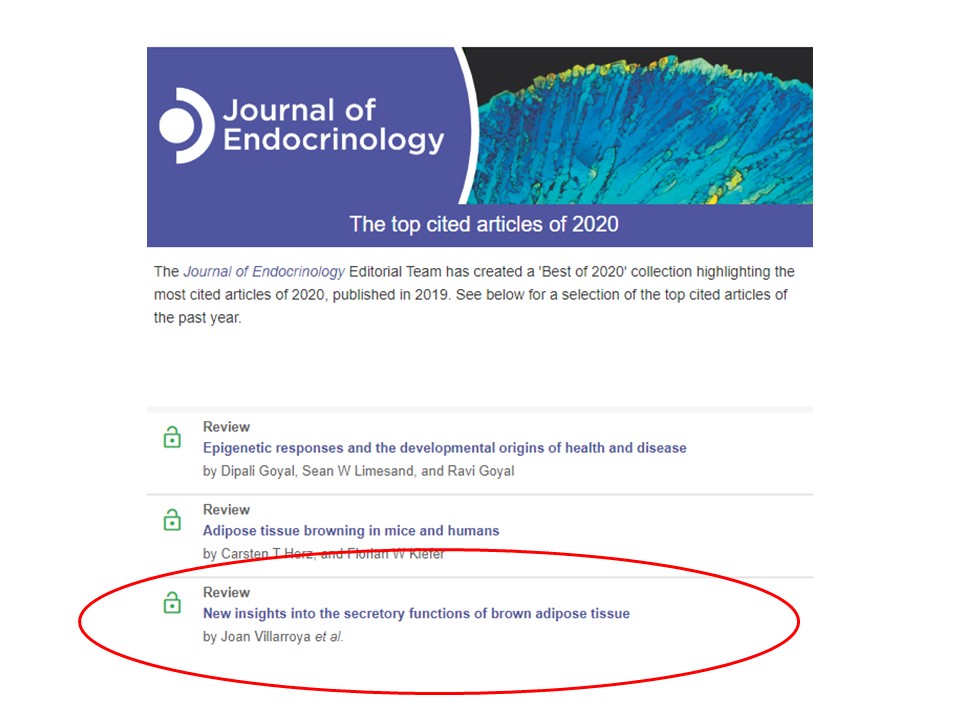

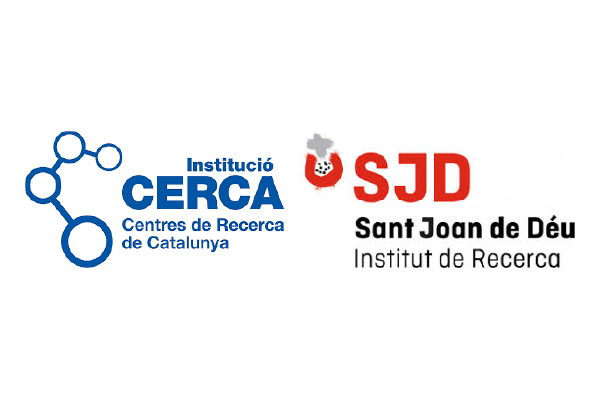
García-Beltran C, Cereijo R, Quesada-López T, Malpique R, López-Bermejo A, de Zegher F, Ibáñez L, Villarroya F.
BMJ Open Diabetes Res Care. 2020 Feb;8(1):e001035.
Circulating growth-and-differentiation factor-15 in early life: relation to prenatal and postnatal growth and adiposity measurements.
Díaz M, Campderrós L, Guimaraes MP, López-Bermejo A, de Zegher F, Villarroya F, Ibáñez L.
Pediatr Res. 2020 Apr;87(5):897-902.
Growth Differentiation Factor 15 is a potential biomarker of therapeutic response for TK2 deficient myopathy.
Dominguez-Gonzalez C, Badosa C, Madruga-Garrido M, Martí I, Paradas C, Ortez C, Diaz-Manera J, Berardo A, Alonso-Pérez J, Trifunov S, Cuadras D, Kalko SG, Blázquez-Bermejo C, Cámara Y, Martí R, Mavillard F, Martin MA, Montoya J, Ruiz-Pesini E, Villarroya J, Montero R, Villarroya F, Artuch R, Hirano M, Nascimento A, Jimenez-Mallebrera C.
Sci Rep. 2020 Jun 22;10(1):10111.
Malpique R, Gallego-Escuredo JM, Sebastiani G, Villarroya J, López-Bermejo A, de Zegher F, Villarroya F, Ibáñez L.
Int J Obes (Lond). 2019 Feb;43(2):384-391.
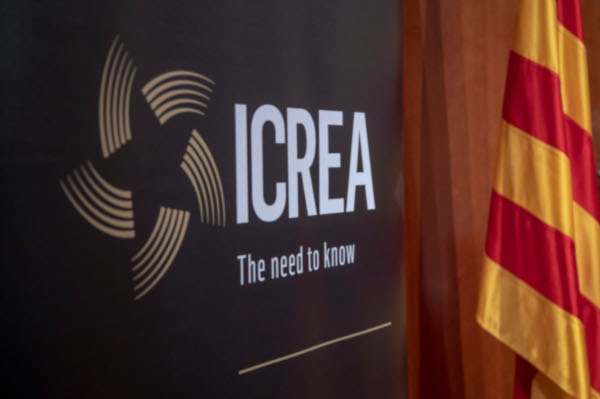
ICREA Academia Awards are given for a period of five years in recognition of an excellent scientific trajectory of university professors. Awardees receive funds over this period to support their lines of research,e ICRE teaching activities and allow awardee to focus on research activity.
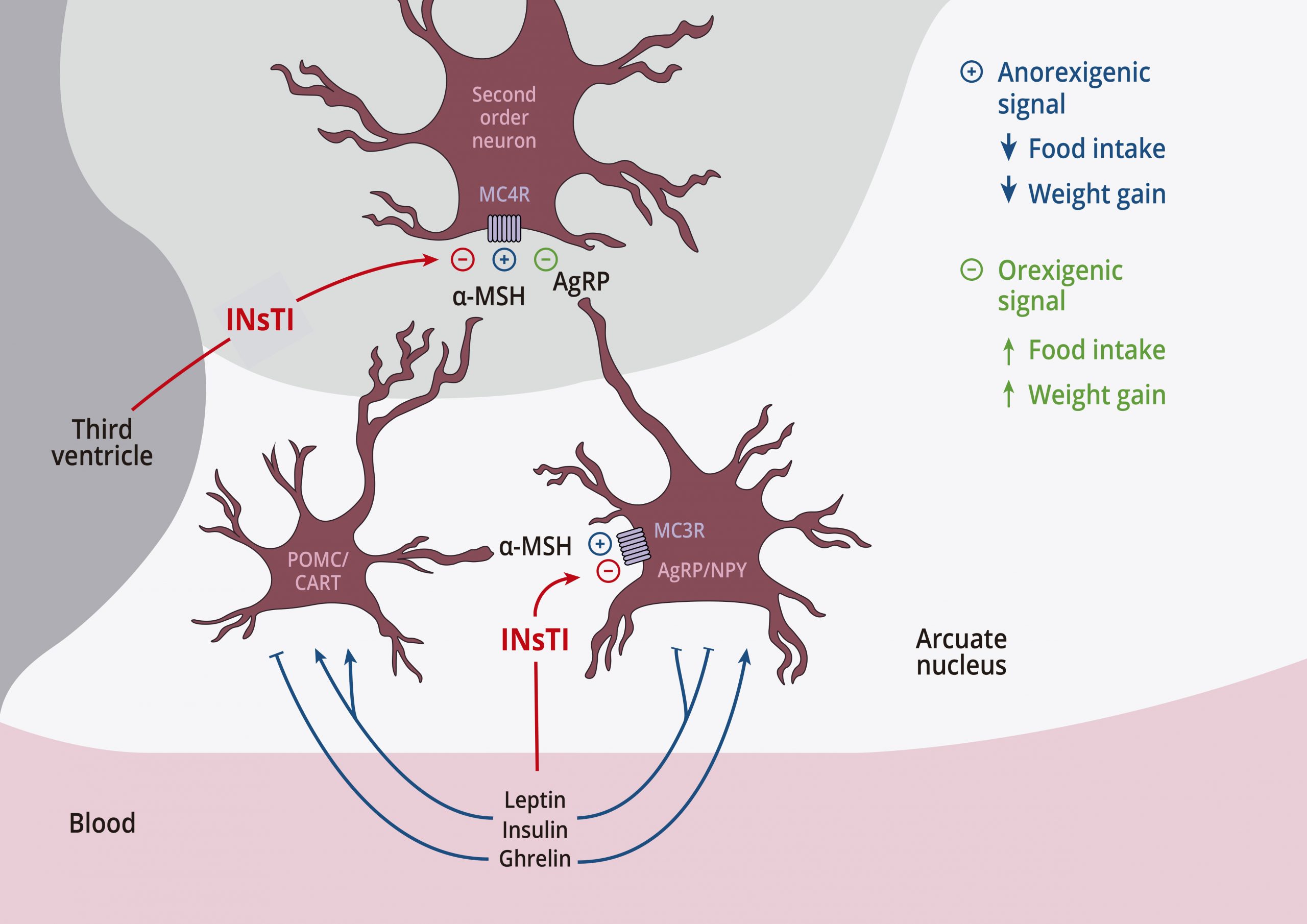
The Integrase Strand Transfer Inhibitor (INSTI) antiretrovirals are among the last generation drugs to treat HIV-infected patients. Recent data indicate that these patients show abnormally increased adiposity after treatment. Thus, the HIV infection and global obesity epidemics meet to confer to HIV patients increased metabolic and cardiovascular comorbidities.The coordinated research projects will assess the molecular and cellular basis of such phenomenon and will identify potential targets of preventive intervention.
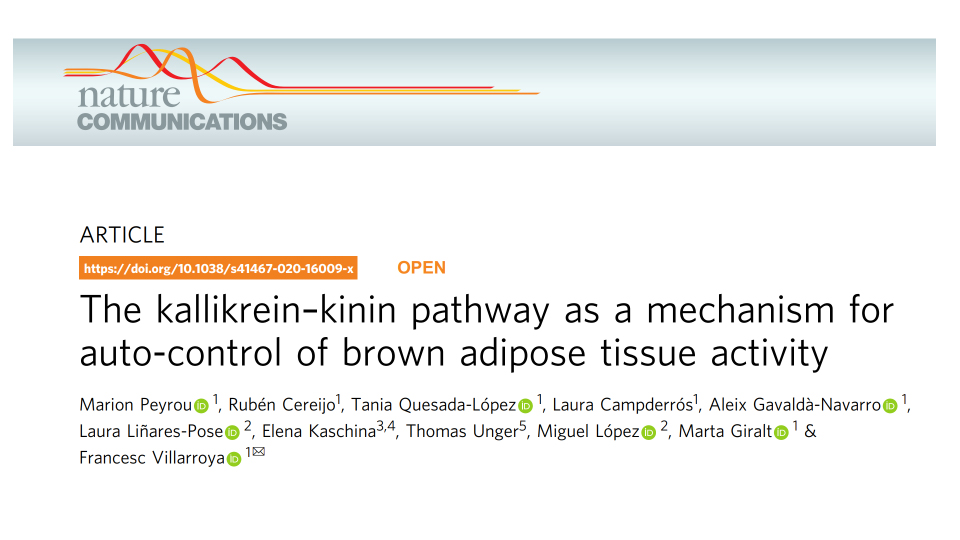
That system, in which bradykinin is a main actor, has been traditionally associated with the physiology of the renal and cardiovascular systems and processes of inflammation and pain. Our study, led by Dr.M.Peyrou, Juan de la Cierva researcher at our lab, reports that the kallikrein-kinin system acts as mechanism of molecular self-control of brown and beige adipose tissue thermogenic activation, and could help prevent the harmful effects of excessive activation of brown adipose tissue occurring in some pathological conditions such as cachexia or recovery from severe burns.The full article is accessible at: https://rdcu.be/b3Ud4
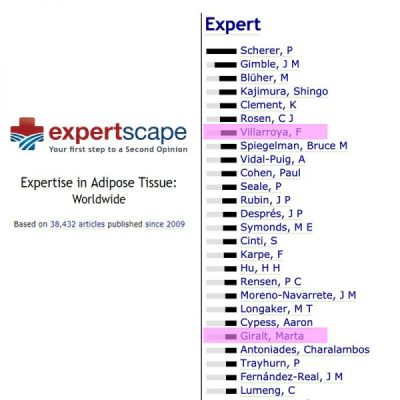
Expertscape is an international web-based data analysis algorithm that objectively ranks people and and institutions by their expertise in more than 27,000 biomedical topics, based on scientific publications. For details see: http://www.expertscape.com/ex/adipose+tissue

Ruben Cereijo is a post-doctoral researcher, assistant professor at UB, member of our research team. The “Societat Catalana de Biologia” Young Researcher Award is for his doctoral thesis “Nous actors moleculars en la fisiologia del teixit adipós i pathologies associades”, read in the University of Barcelona in 2015, and the award to the best article is for the paper “CXCL14, a brown adipokine that mediates brown-fat-to-macrophage communication in thermogenic adaptation”, published in the prestigious scientific journal Cell Metabolism in 2018 (https://www.ncbi.nlm.nih.gov/pubmed/30122557). According to this study, the CXCL14 protein –formerly related to tumor progression and organogenesis- is synthetized by the brown adipose tissue and can activate cells with anti-inflammatory activity –M2 macrophages-, which have beneficial effects on metabolism and protect against type II diabetes and obesity. The prizes were given to the winners in the ceremony of the 4th Night of Biology, held in the Ramon Margalef Auditorium of CosmoCaixa Barcelona on July 10. Further information can be found at: https://www.ub.edu/dyn/cms/continguts_ca/menu_eines/noticies/index.html
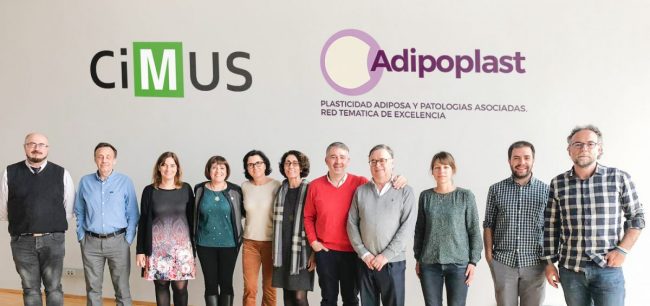
The Adipoplast network organized an open symposium on "The adipose tissue plasticity in health and disease" followed by an internal organizational meeting at "Centro Singular de Investigación en Medicina Molecular y Enfermedades Crónicas (CIMUS)", Santiago de Compostela, the last March 12th. Members of the Adipoplast network presented recent research advances as well as collaborative perspectives. External speakers were the international reputed scientists on adipobiology Dr L.Fajas (University of Lausanne, Switzerland) and Dr. R. Nogueiras (CIMUS). More than forty attendants participated. Plans for further actions were developed in the Adipoplast organizational meeting. Adipoplast is a "Red de Excelencia" supported by the Spanish government to promote interdisciplinary research on adipose tissue, and is coordinated by Francesc Villarroya.
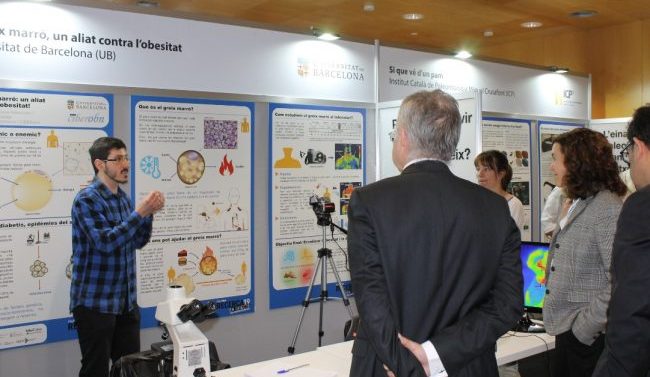
The Live Research Fair is a forum organized by the Barcelona Science Park (PCB) and Obra Social la Caixa which gather research groups from Catalan institutions to create a communication space for science and society –beyond the and research atmosphere- and promote scientific vocations among youngsters. The Live Research Fair is part of the science dissemination program of PCB’s Recerca en Societat. This year, from March 6 to 9, attendants will see the relationship between the active brown fat and a good metabolic health through the assessment of brown fat activity through infrared thermography.
